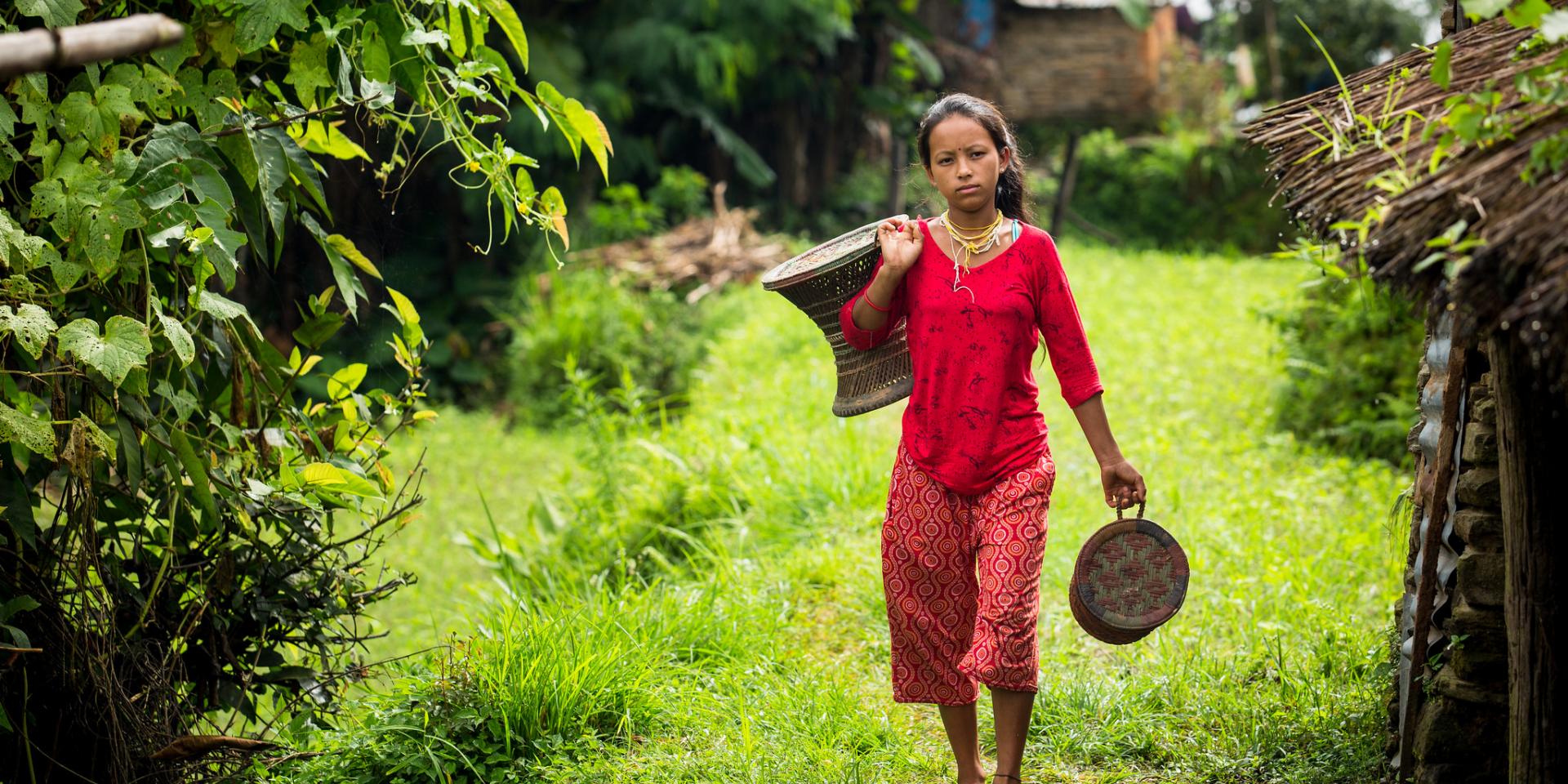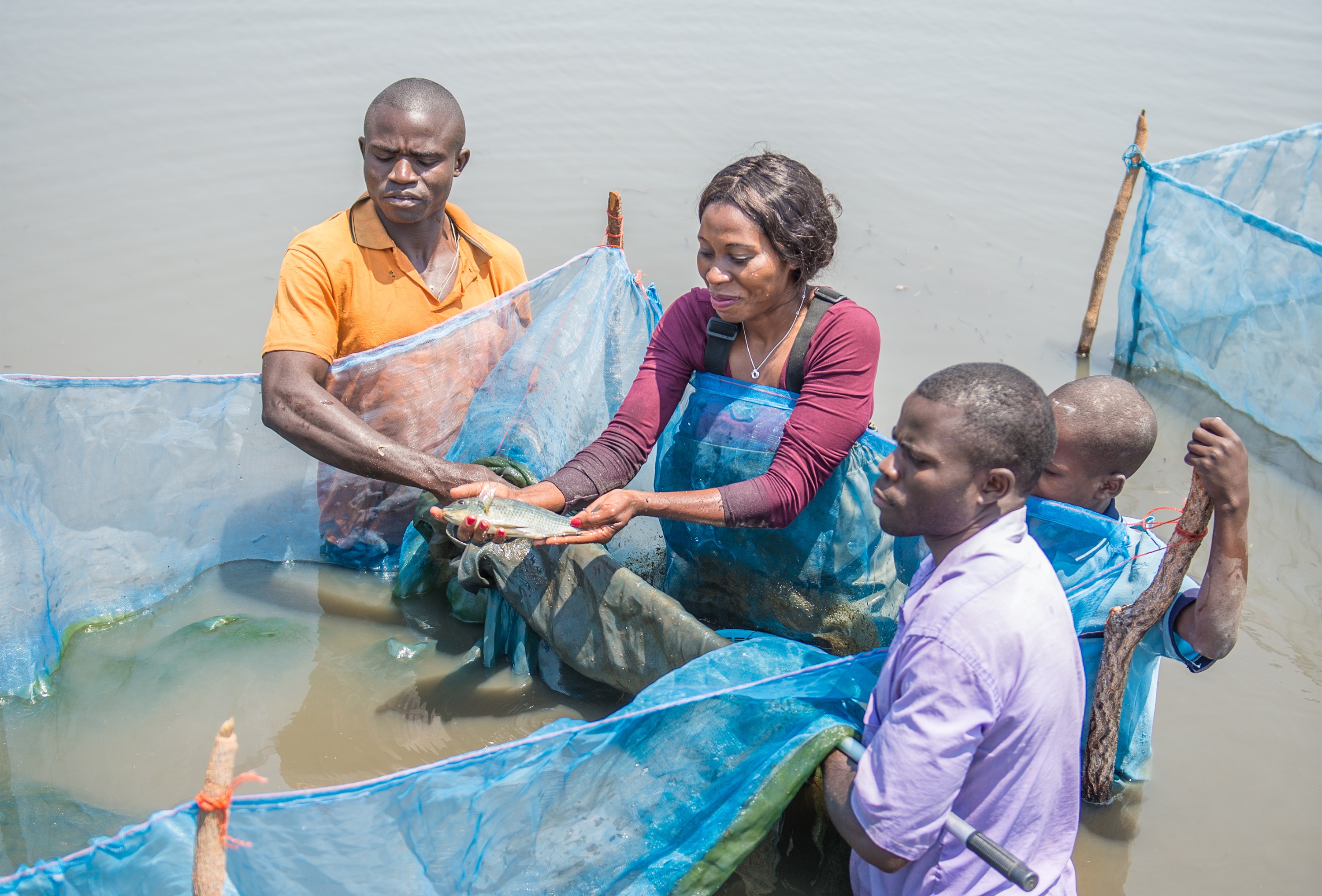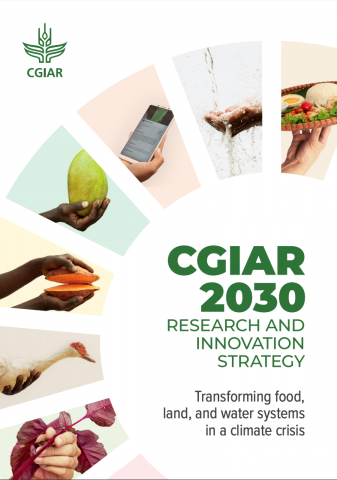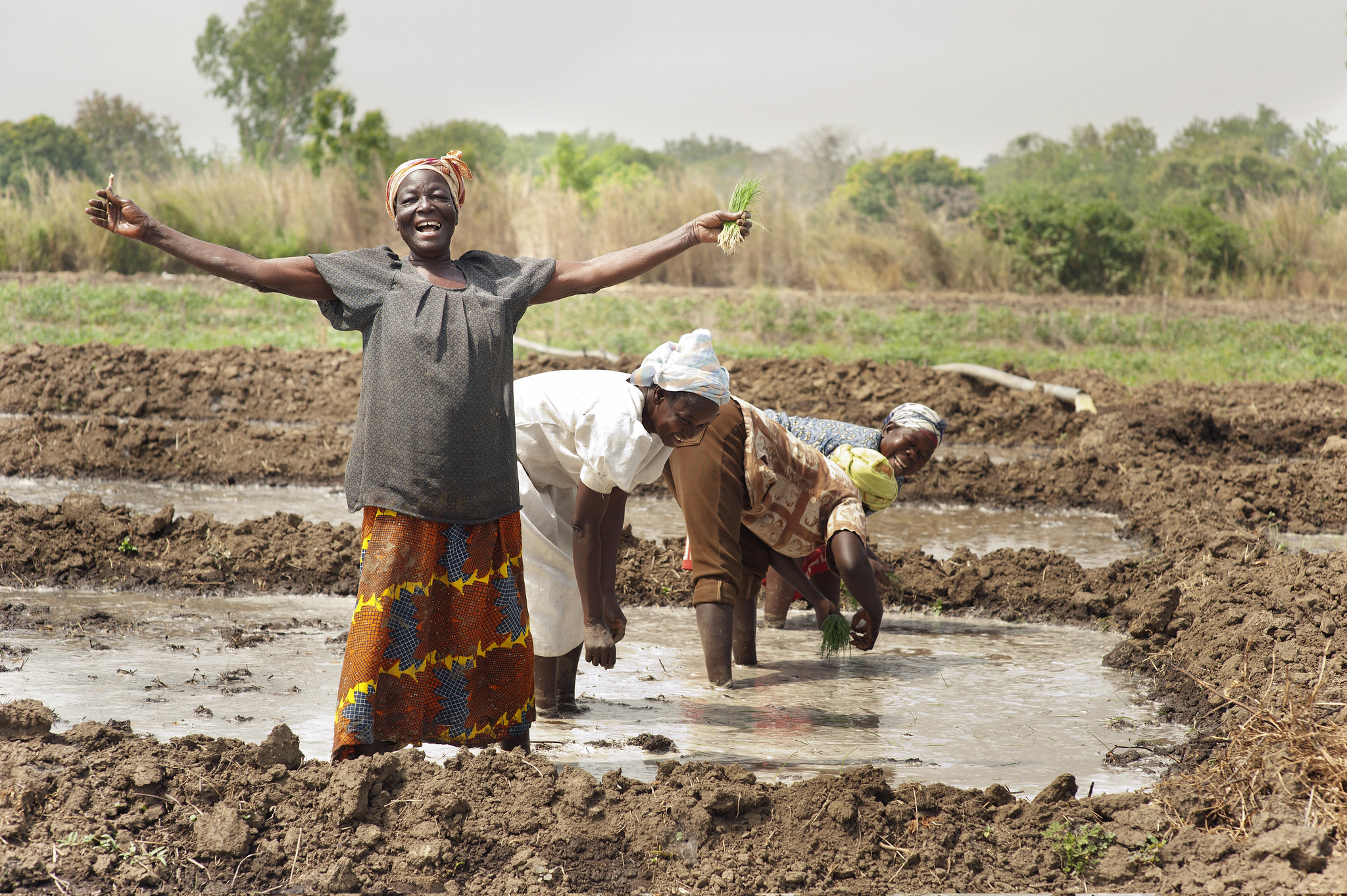Hurting or helping? Why we need gender and food systems research
 Photo:
Photo:
Mokhamad Edliadi/CIFOR
This op-ed was first published by devex on May 26, 2021.
Well-intended efforts are being made across the globe to reduce gender inequalities in agriculture, including by engaging women farmers in entrepreneurship or new jobs within the wider food system. But we still need to find out whether women are benefiting or becoming empowered by these initiatives.
In some cases, women who become entrepreneurs or enter the workforce may face negative consequences, such as backlash from men leading to tension or even domestic violence. Without more, systematic research on such potential trade-offs, our efforts to do better may perpetuate or even exacerbate gender inequalities.
As we gain more insights and understanding of gender in agriculture, we realize the multitude of unknowns related to women’s empowerment, trade-offs of ongoing efforts, and other emerging questions that still need investments and dedicated research.
Progress with innovative approaches to gender equity
A study in fishing camps in Zambia showed how an innovative approach changed women’s and men’s attitudes to gender and supported women’s empowerment.

Applying gender transformative approaches can help enable women and men to overcome the social and technical barriers that constrain their lives and livelihoods.Photo: Chosa Mweemba/WorldFish.
The project used bespoke drama skits to allow women and men to discuss serious and sensitive topics, such as gender roles and power, in a fun and humorous way. The researchers found that this approach built a better understanding of gender role issues and was more successful than the usual set of practical strategies to ensure women’s participation.
Approaches like this one depart from previous business-as-usual attempts to include women. Instead, they work to tackle the root causes of inequality by transforming gender norms and show great potential for reducing inequalities in food systems.
What’s more, we have made significant progress toward gender-responsive agricultural innovations that support women and men

to become equal partners in agriculture.
Still, examples of inequality between women and men in foodsystems remain plentiful because the gender gaps that disadvantage and marginalize women are endemic to those systems.
While women compose, on average, 43% of the agricultural labor force in low- and middle-income countries, and account for two-thirds of the world’s 600 million poor livestock keepers, they are still frequently cut off from assets, opportunities, knowledge, and decisions. The impacts of the COVID-19 pandemic and climate change are only worsening this situation.
More knowledge needed on women in food systems
Closing gender gaps is a prerequisite to achieving the much-needed transformation toward healthier, more sustainable, and equitable food systems called for by this year’s United Nations Food Systems Summit.
Actions and policies can only be as good as the knowledge informing them — and there is still a lot that we do not know.
“We realize the multitude of unknowns related to women’s empowerment, trade-offs of ongoing efforts, and other emerging questions that still need investments and dedicated research.”
Importantly, women in food systems — whether marginalized, at risk, or in leadership — are a heterogeneous group with vastly different realities, opportunities, and challenges.
The diversity of women provides even more reason to prioritize research that identifies their specific needs and challenges, thereby providing an informed starting point for tackling inequalities.
Despite significant progress during past decades, we still do not fully understand how to ensure that new solutions not only reach or benefit women but also bring about women’s empowerment.
Gender, youth, and social inclusion is a core focus of CGIAR’s new strategy.
The CGIAR GENDER Platform conducts independent gender research that aims to deliver the best possible evidence, solutions, and innovations to inform strategic alliances and global efforts by our partners in research, agricultural extension, government, and business. Through innovative science, expertise, and innovation, we commit to doing our part to close the gender gap and create better food systems for all.
Emerging questions demand new and better answers
Significant progress on ensuring gender equality in food systems has been made. For example, tools such as the G+ breeding tools support scientists in making sure that new crop varieties are developed to meet the needs and preferences of both women and men smallholders.
Groundbreaking approaches for measuring women’s empowerment have so far helped development practitioners in at least 56 countries to understand, track, and improve progress made in their projects.

Understanding and measuring women’s empowerment in agriculture is essential to ensure progress in achieving global goals. The Women’s Empowerment in Agriculture Index enables researchers and development practitioners to track their progress and impact. Photo: IWMI
But as we progress, new, tough questions emerge on the horizon. We need to continue to provide solutions on how to bring about real and long-lasting change for women — and men — smallholders.
Consider climate change, which we know affects women and men differently. However, we still know very little about the exact impacts of climate change on women, including on their health, asset accumulation, and nutrition.
Climate-smart technologies, such as drought-tolerant crop varieties, can help farmers adapt to the impacts of a changing climate. But it is unclear how, or whether, they help reduce women’s work burdens. It may be that those new crop varieties, designed to be taller and therefore easier to harvest, put additional demands on women in other ways, such as by requiring a longer cooking time.
Investment in independent gender research must continue
No accurate tracking exists of how much funding donors are dedicating to pursuing gender equality. One 2020 report by the United Nations suggests that 62% of all bilateral aid remains “gender blind.” There is an urgent need to do more.